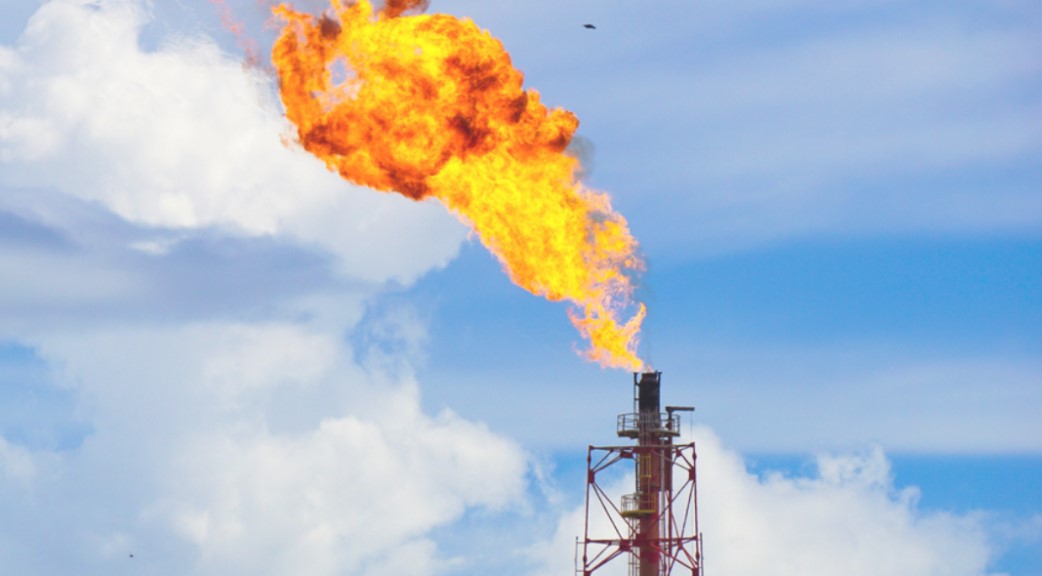
Drought-stricken US Warned Of Looming ‘Dead Pool’
- Climate Change
- No Comment
- 285
A once-in-a-lifetime drought in the western part of the US is turning up dead bodies – but that’s the least of people’s worries.
Sitting on the Arizona-Nevada border near Las Vegas, Lake Mead – formed by the creation of the Hoover Dam on the Colorado River – is the largest reservoir in the United States and provides water to 25 million people across three states and Mexico. Here, the stunning scale of a drought in the American west has been laid plain for all to see.
The water level is now so low that bodies of murder victims from decades back, once hidden by its depths, have surfaced.
One was stuffed in a barrel with a gun shot wound – presumably because someone thought it would stay unnoticed at the bottom of the vast reservoir forever.
While the dead bodies are fuelling talk about Las Vegas’ mob past, water experts warn of even more worrisome consequences. If the lake keeps receding, it would reach what’s known as “dead pool” – a level so low the Hoover Dam would no longer be able to produce hydropower or deliver water downstream.
Californians have been told to conserve water at home or risk mandated water restrictions as a severe drought on the West Coast is expected to get worse during the summer months.
People have been told to limit outdoor watering and take shorter showers. In Los Angeles, many are being asked to cut their water use by 35%. The restrictions come after California recorded the driest start to the year on record.
Nasa, which monitors changing water levels, is warning that the western United States is now entering one of the worst droughts ever seen.
“With climate change, it seems like the dominoes are beginning to fall,” Nasa hydrologist JT Reager told the BBC.
“We get warmer temperatures, we get less precipitation and snow. The reservoirs start drying up, then in a place like the West, we get wildfires”.
These consequences are beginning to have “stronger and stronger impacts,” Mr Reager said.
“It’s like watching this slow motion catastrophe kind of unfold”.
Farmers are already feeling the pain. About 75% of the water from Lake Mead goes to agriculture.
Over a third of America’s vegetables and two-thirds of its fruits and nuts are grown in California. But tens of thousands of acres lie idle because farmers can’t get enough water to grow crops.
The impact may be seen on grocery store shelves next year, Bill Diedrich, a Californian farmer, told BBC. This season’s produce shows up at shops next season, he explained as he showed his bone-dry fallowed fields. Typically, he would plant tomatoes for canning on this field but he didn’t have enough water.
Mr Dietrich said he hoped his children would have the opportunity to carry on farming in California in the future.
But, he said, “I don’t know what the odds of that are”.
For many living in California’s agricultural heartland, the wells have already started to run dry and they can’t afford to dig a deeper well. Charities deliver bottled water and large tanks of non-potable water for washing.
“It’s quite frightening because we don’t know at this point what the situation will be within a month or two months of maybe not having water at all”.
By Regan Morris and Sophie Long
https://www.bbc.com/news/world-us-canada-61669233





